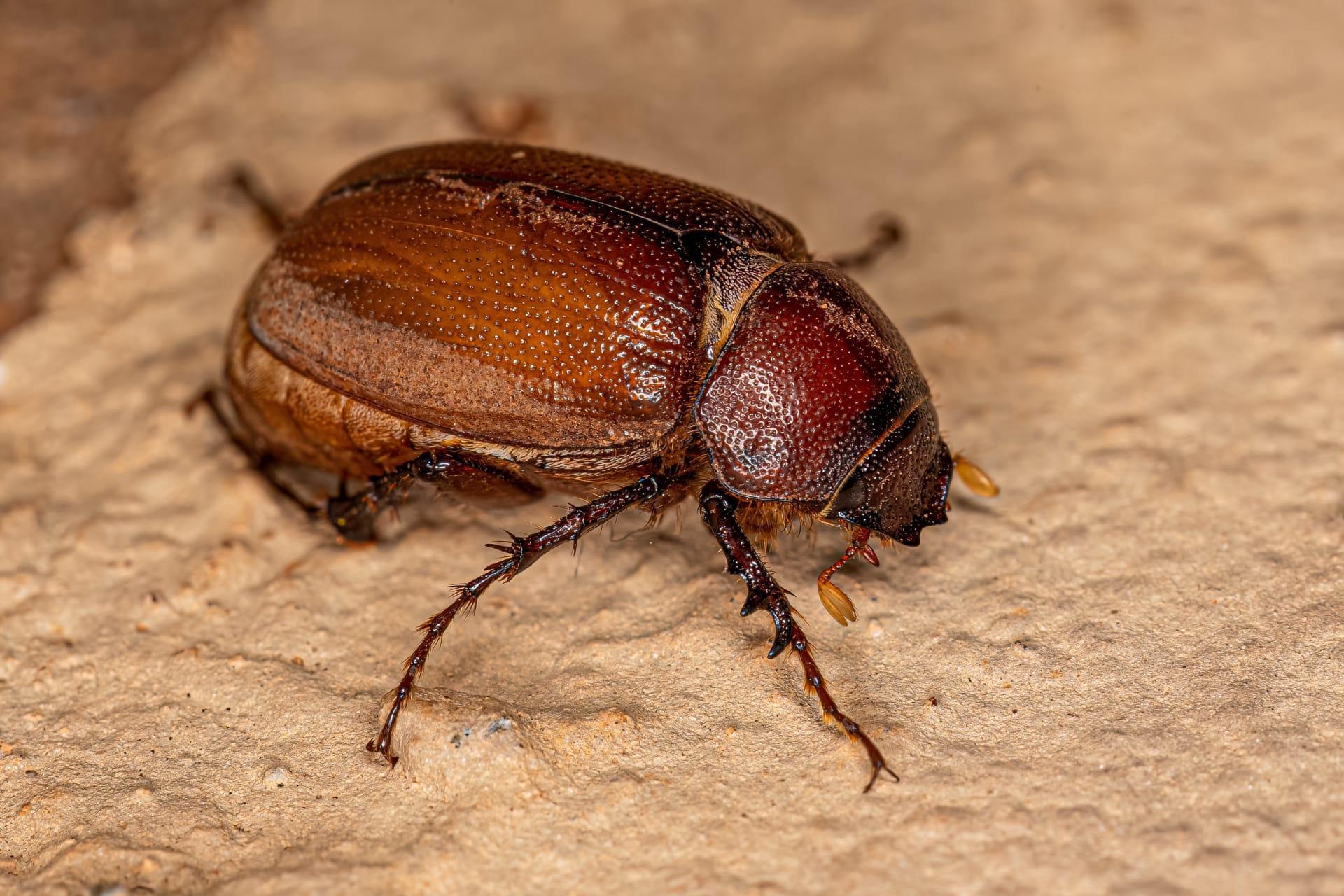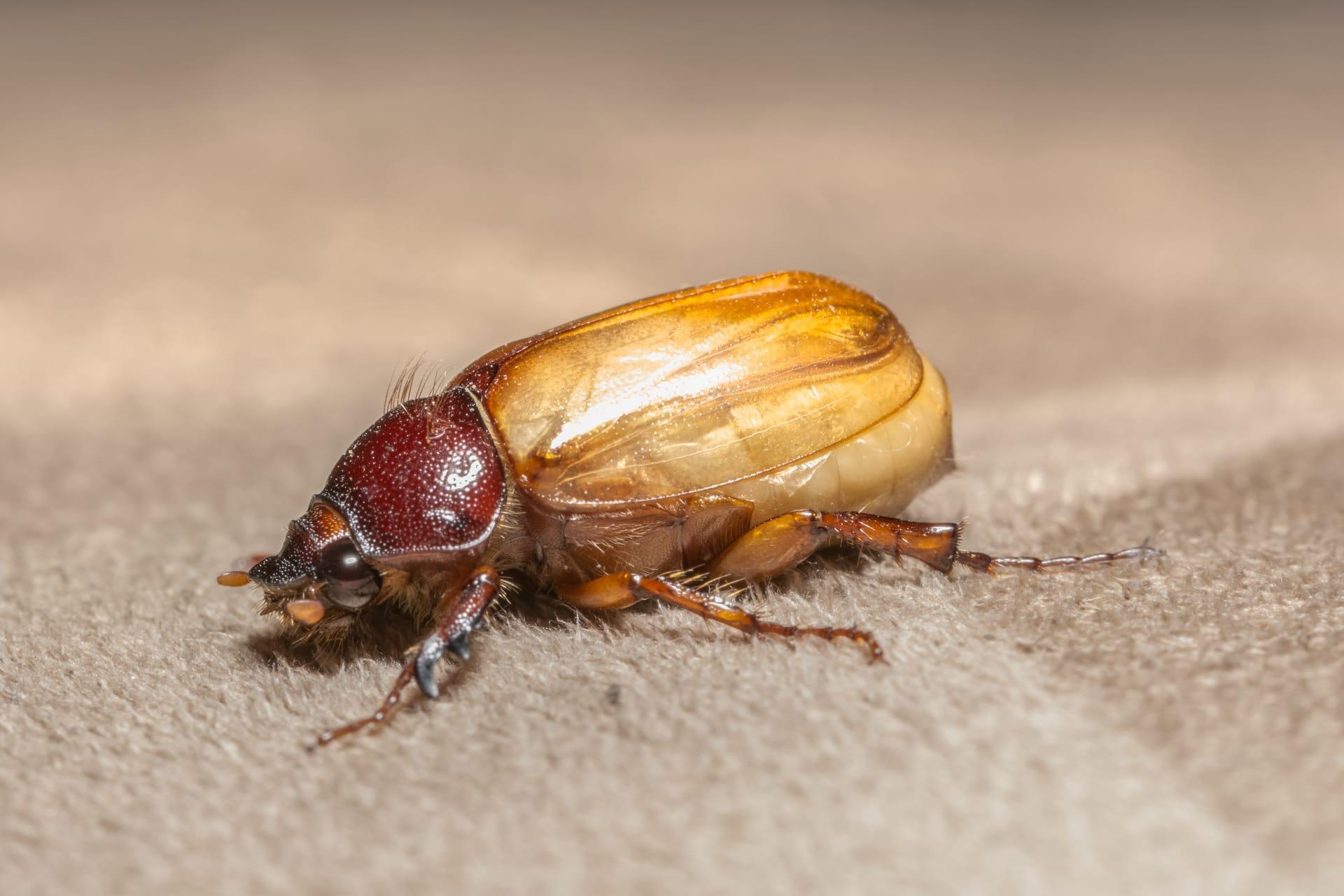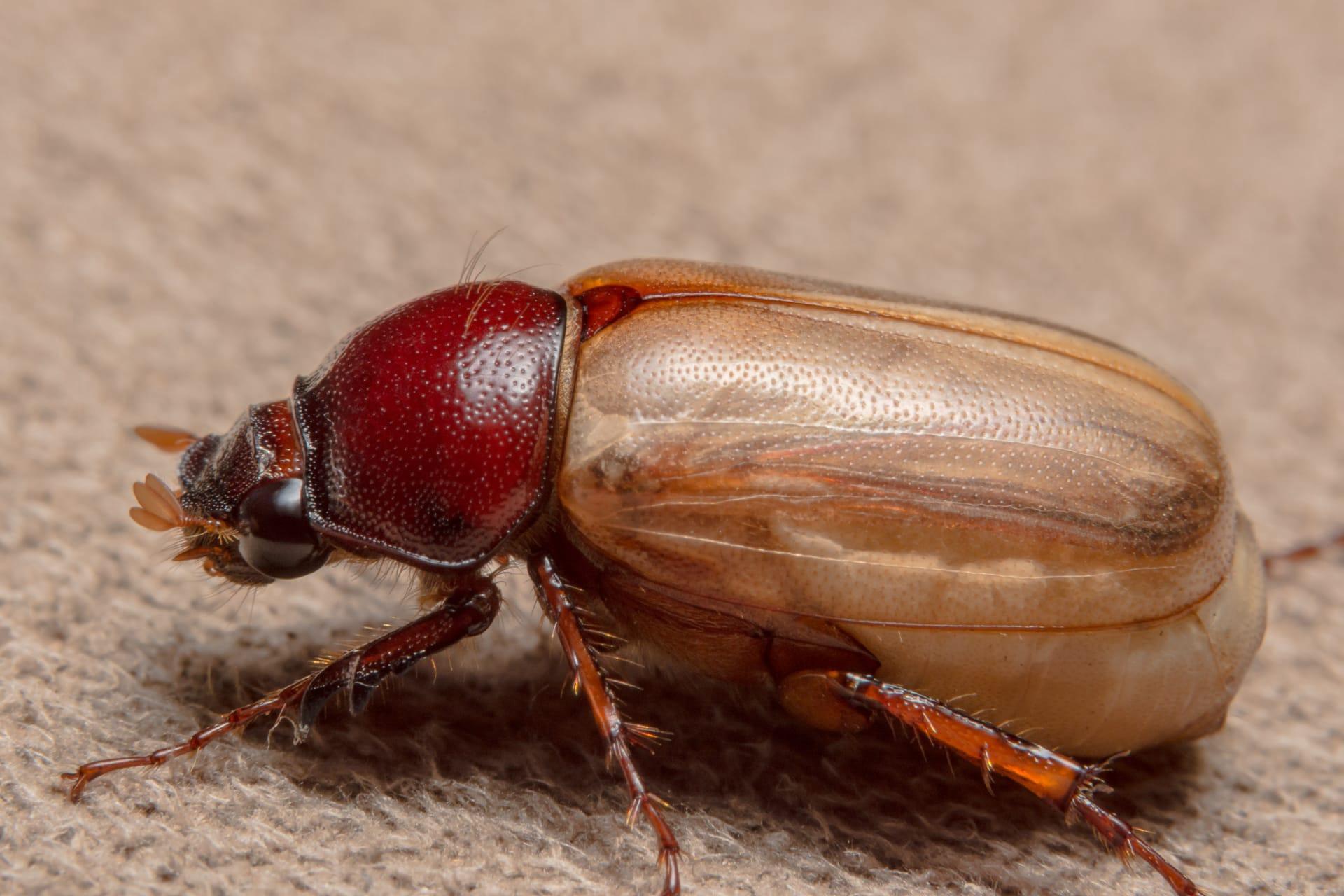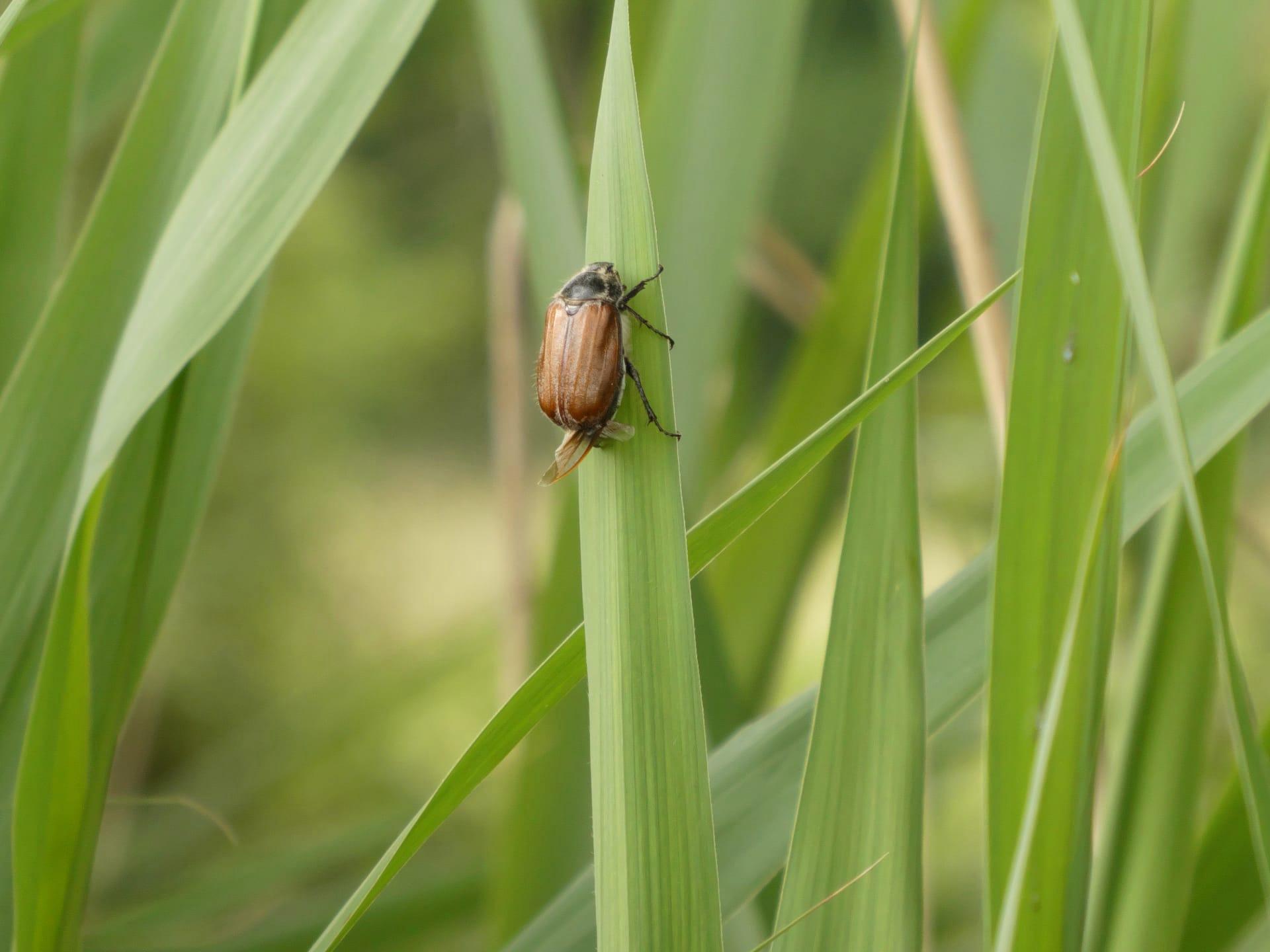June Beetle Trivia
- Home /
- Trivia Question /
- Animal /
- June Beetle Trivia
1
Question: What distinguishes June Beetles from other beetles in terms of physical appearance?
Answer: June Beetles, belonging to the genus Phyllophaga, are typically identified by their robust, shiny bodies, which range from 0.5 to 1 inch in length. Their coloration varies from reddish-brown to almost black, and their wings are covered with fine hair. Unlike some other beetle species, June Beetles have antennae that are clubbed at the end, which is a key feature in identifying them.
Question: How long is the life cycle of a June Beetle, and what are its stages?
Answer: The life cycle of a June Beetle spans approximately 3 years, comprising four main stages: egg, larva (grub), pupa, and adult. The eggs, laid in the soil, hatch into grubs that feed on plant roots for about 2-3 years. These grubs are C-shaped, white with a brown head, and can grow up to 2 inches long. The pupal stage, occurring in the soil, lasts for about 3 weeks before the adult beetle emerges.

2
Question: Do June Beetles pose a significant threat to crops and gardens?
Answer: While adult June Beetles feed on foliage and can cause damage to plants, it's the larval stage (grubs) that poses a greater threat. Grubs feed extensively on the roots of grasses and garden plants, potentially causing significant damage. However, healthy gardens and lawns can typically tolerate a moderate presence of these grubs without serious harm.
Question: Can June Beetles fly, and are they attracted to light?
Answer: Yes, June Beetles are capable of flight. Their wings are strong and allow them to fly considerable distances. They are also nocturnal and are highly attracted to lights at night. This attraction to light often brings them into contact with humans, as they are drawn to porch lights and windows.

3
Question: What is the role of June Beetles in the ecosystem?
Answer: June Beetles play a significant role in the ecosystem. As decomposers, their larvae help break down organic matter in the soil, enriching it and promoting plant growth. Adult beetles serve as food for birds, small mammals, and other insects, thus contributing to the food web.
Question: How do June Beetles communicate or interact with each other?
Answer: June Beetles primarily use chemical cues (pheromones) to communicate, especially during mating season. The females release pheromones to attract males. Additionally, they use tactile communication, touching each other with their antennae and legs during mating rituals.

4
Question: What are the natural predators of June Beetles, and how do they protect themselves?
Answer: Birds, mammals like skunks and raccoons, and other insects such as wasps are natural predators of June Beetles. In defense, these beetles often play dead by lying motionless when threatened. Their hard exoskeleton also provides some protection against smaller predators.
Question: Are June Beetles harmful to humans or pets?
Answer: June Beetles are not harmful to humans or pets. They do not bite or sting, and their presence is generally more of a nuisance due to their attraction to light and sometimes large numbers. However, the grubs can be harmful to lawns and gardens if present in large quantities.

5
Question: Where are June Beetles most commonly found, and what are their preferred habitats?
Answer: June Beetles are widespread in North America, particularly in the United States. They thrive in areas with well-established lawns and gardens, as these provide ample food sources for both adults and larvae. They are most commonly found in rural and suburban areas with plenty of vegetation.
Question: How do June Beetles contribute to soil health and fertility?
Answer: The grubs of June Beetles, by feeding on organic matter and plant roots, help aerate the soil and facilitate the decomposition process. This activity helps in nutrient cycling, making vital nutrients available to plants, and thus contributes to the overall health and fertility of the soil.